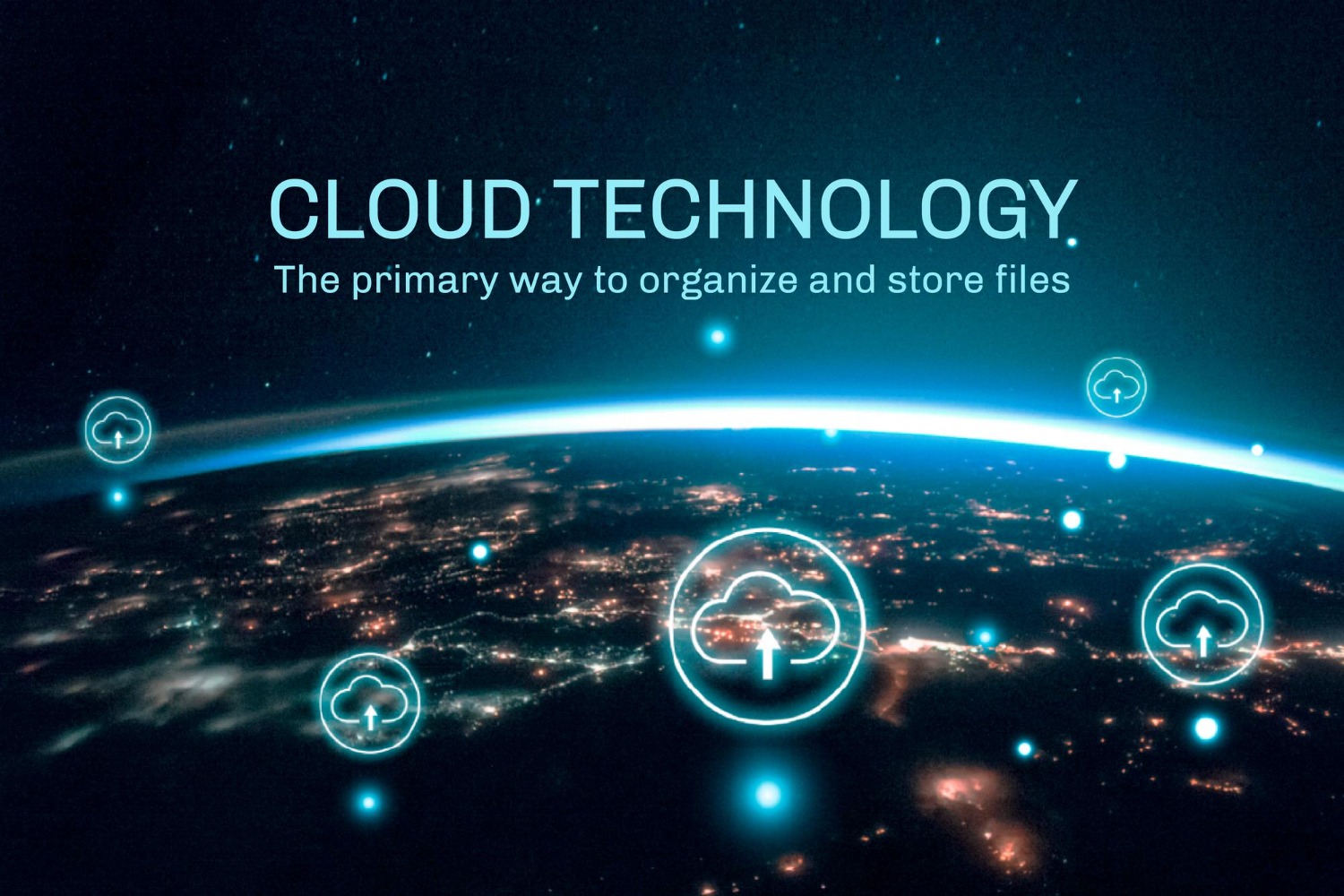Compliance in the Cloud Era: How to Stay Ahead of Evolving Regulations
The cloud has revolutionized how businesses store, process, and manage data. It offers flexibility, scalability, and cost savings. But with these benefits come new challenges—especially when it comes to compliance.
Regulations around data privacy, security, and governance are constantly evolving. From GDPR to CCPA and industry-specific standards like HIPAA, businesses must navigate a complex landscape to stay compliant.
So, how can organizations ensure they meet these ever-changing regulatory demands while leveraging the power of the cloud? This article explores key compliance challenges, best practices, and strategies to help businesses stay ahead.
1. Understanding Compliance in the Cloud
1.1 What is Cloud Compliance?
Cloud compliance refers to adhering to laws, regulations, and industry standards while operating in a cloud environment. These rules govern how businesses collect, store, and share data to protect users’ privacy and ensure security.
1.2 Why is Compliance Important?
Non-compliance can result in hefty fines, reputational damage, and even legal consequences. More importantly, a lack of compliance can erode customer trust. In today’s digital world, consumers expect businesses to handle their data responsibly.
1.3 Key Regulatory Frameworks
Different industries and regions have their compliance standards. Some of the most important ones include:
- General Data Protection Regulation (GDPR) – Protects the personal data of EU citizens.
- California Consumer Privacy Act (CCPA) – Gives consumers control over their data.
- Health Insurance Portability and Accountability Act (HIPAA) – Regulates healthcare data privacy in the U.S.
- Payment Card Industry Data Security Standard (PCI DSS) – Ensures secure handling of credit card transactions.
- ISO 27001 – An international standard for information security management systems.
Businesses operating in multiple regions or industries must ensure they comply with relevant laws and frameworks.
2. Compliance Challenges in the Cloud Era
2.1 Data Privacy Concerns
Storing data in the cloud often means using third-party providers, which can lead to concerns about who has access to the data and where it is stored. Many regulations, like GDPR, require businesses to know exactly where personal data is being processed.
2.2 Shared Responsibility Model
Cloud providers like AWS, Azure, and Google Cloud follow a shared responsibility model. This means they handle the security of the cloud infrastructure, but businesses remain responsible for securing their data. Many companies fail to understand this distinction, leading to compliance gaps.
2.3 Rapidly Changing Regulations
Regulatory landscapes evolve frequently. Laws that were relevant a few years ago may no longer be sufficient. Organizations must stay updated to avoid compliance risks.
2.4 Data Sovereignty Issues
Some countries require that data be stored within their borders. This can be a challenge for global companies using cloud providers with data centres in different locations.
2.5 Cybersecurity Threats
As businesses move more data to the cloud, cyber threats like ransomware, data breaches, and phishing attacks become bigger risks. Compliance frameworks require companies to implement strong security measures to protect sensitive information.
3. Best Practices for Ensuring Compliance in the Cloud
3.1 Choose a Compliant Cloud Provider
Not all cloud providers are equal when it comes to compliance. Look for vendors that offer:
- Certifications like ISO 27001, SOC 2, and FedRAMP.
- Data encryption at rest and in transit.
- Clear data residency policies that align with regulations.
3.2 Implement Strong Data Encryption
Encryption is a key component of cloud compliance. Ensure:
- Data is encrypted before being uploaded to the cloud.
- End-to-end encryption is used for data transfers.
- Only authorized personnel have access to encryption keys.
3.3 Conduct Regular Compliance Audits
Businesses should conduct internal and external audits to:
- Identify security vulnerabilities.
- Assess compliance with regulatory standards.
- Ensure security policies are up to date.
3.4 Maintain Access Controls and Identity Management
Controlling who can access sensitive data is critical. Best practices include:
- Role-based access control (RBAC) to limit employee permissions.
- Multi-factor authentication (MFA) for added security.
- Automated access logging to track who accesses data and when.
3.5 Keep Up with Regulatory Changes
Laws and standards evolve. Businesses must:
- Monitor updates to GDPR, CCPA, and other regulations.
- Work with compliance experts to ensure alignment.
- Update internal policies and cloud configurations accordingly.
3.6 Establish a Data Retention Policy
Many regulations specify how long data should be stored. Develop a policy that outlines:
- What data needs to be retained?
- How long data should be stored before deletion?
- Secure disposal methods to prevent unauthorized access.
3.7 Ensure Vendor Compliance
Third-party vendors, including SaaS providers and cloud hosts, must also comply with regulations. Before partnering with a vendor, ask:
- What certifications do they hold?
- How do they handle data protection?
- What happens in case of a security breach?
4. The Future of Cloud Compliance
4.1 AI and Automation in Compliance
Artificial intelligence (AI) and automation are playing a bigger role in regulatory compliance. Businesses are using AI-powered tools to:
- Monitor security logs in real-time.
- Detect unusual activity and prevent breaches.
- Automate compliance reporting and documentation.
4.2 Emerging Privacy Laws
As concerns around data privacy grow, new regulations will emerge. Companies must stay proactive in adopting policies that align with upcoming laws.

4.3 Zero Trust Architecture
Zero Trust assumes that no one inside or outside the organization should be trusted by default. This approach strengthens compliance by requiring strict identity verification for every access request.
4.4 Greater Emphasis on Cloud Sovereignty
Countries are tightening data sovereignty rules, requiring companies to store data locally. Cloud providers are responding by building region-specific data centres to help businesses comply.
Conclusion
Cloud technology has transformed the way businesses operate, but it has also introduced complex compliance challenges. Companies must take a proactive approach by staying informed about regulations, choosing the right cloud providers, and implementing strong security measures.
By embracing best practices such as encryption, access control, regular audits, and continuous monitoring, businesses can reduce compliance risks and maintain customer trust. The key is to treat compliance as an ongoing process rather than a one-time task.
As regulations continue to evolve, organizations that stay ahead will not only avoid legal pitfalls but also gain a competitive advantage in an increasingly data-driven world.
Are you ready to strengthen your cloud compliance strategy? Start today by evaluating your current security and regulatory posture.




